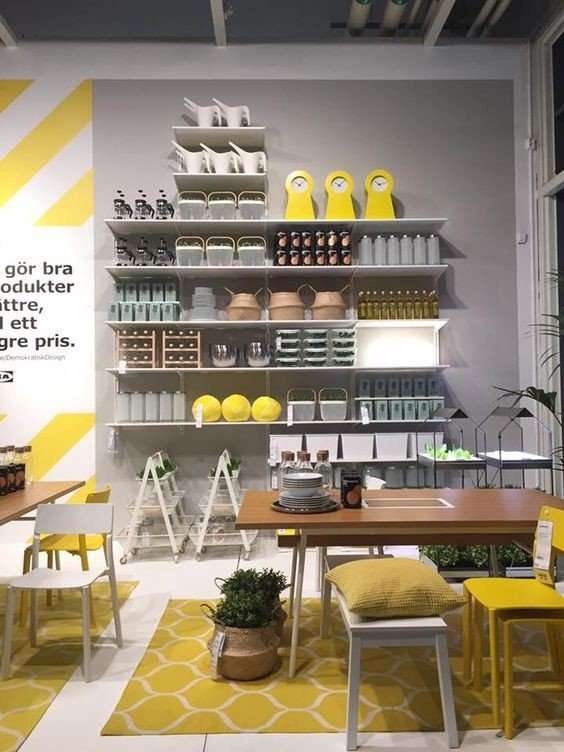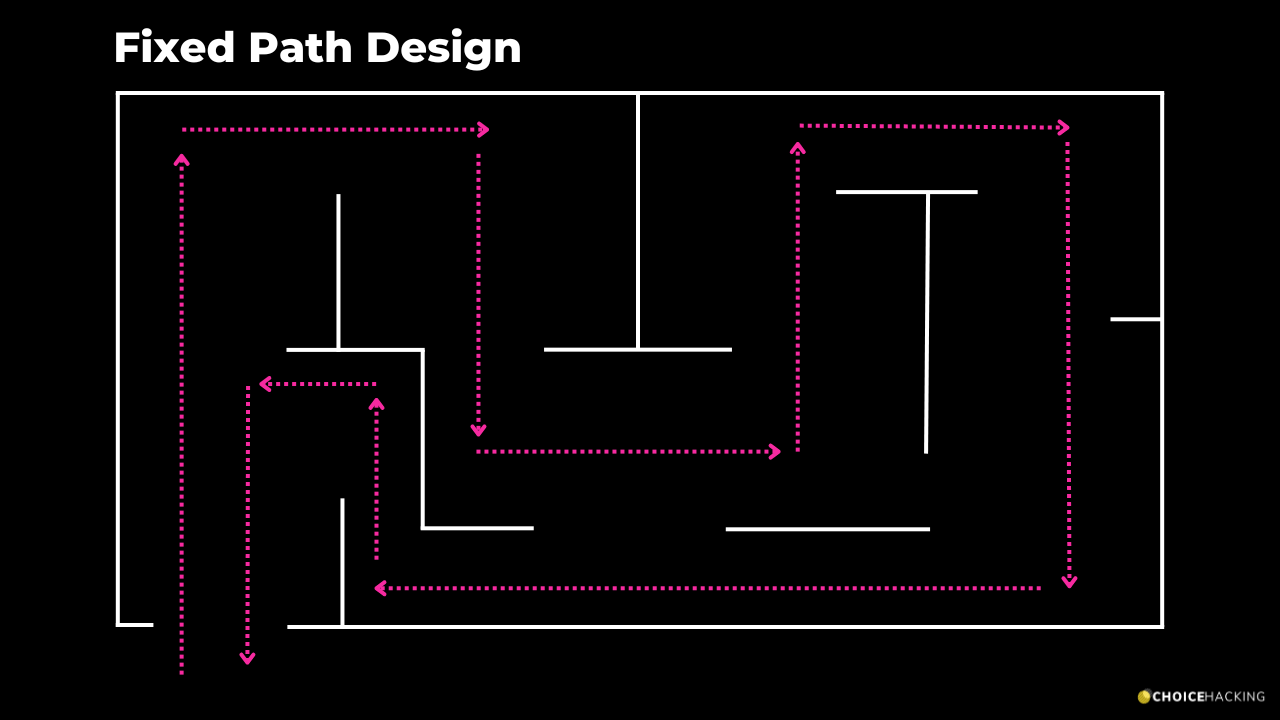Shopping can be a feast for the senses — color, light, smells, and even taste put customers into a state of emotional arousal. One of the retailers best known for an engaging store experience is furniture retailer IKEA. Their stores are designed to put our emotions and senses into overdrive.
But did you know there’s a business reason to create more engaging store experiences? When customers are emotionally aroused, they become more open to impulse buying. Why? It’s down to a psychological principle known as the Gruen Effect.
Prefer to watch? Check out the YouTube video below:
What Is the Gruen Effect?
The Gruen Effect (also called the Gruen Transfer) describes the moment people enter a store and are engrossed in an intentionally overwhelming experience. This causes them to forget their original reason for going to the shop, so they tend to make more impulse purchases. Customers also lose track of time and become engrossed in this new experience.
The effect is named after Austrian architect Victor Gruen. He spent his early life wandering the cafes and public squares of Vienna. When Gruen later moved to America, he wanted to recreate the social atmosphere of these public spaces.

Source: Adobe Stock
His solution took the form of the modern mall. While it didn’t end suburban isolation the way he intended, it did drive people to buy more. Gruen noticed that if you overwhelm customers with sensations when they enter a store, their mindset changes. They forget why they came in and instead consider the store as an experience to enjoy. This results in customers buying more items than they planned because they wanted to experience the moment.
🚀 Learn what makes buyers tick
Join 8k+ of world's best marketers from brands like Disney, Coca-Cola, Google who are learning marketing psychology in <5 mins a week.
How IKEA Applies the Gruen Effect
1. IKEA stores rely on a "fixed path" design
IKEA showrooms use a “fixed path” layout — there’s a designated road that you must follow, and it guides you through the store in one direction. In most stores, customers only see about 33% of the merchandise on offer. But IKEA’s fixed path approach means you stay in the store longer, and you get exposed to most of the brand’s products.
By using a fixed path design, IKEA can methodically apply the Gruen Effect to their experience. Customers are overexposed to light, sound, color, texture, and even smell in the store. Once the Gruen Effect takes hold, customers throw things in the cart they never intended to buy but look attractive at the moment.

Source: Google Images
2. The IKEA Food Court
At first glance, it might not seem like IKEA’s food has an effect on their furniture sales. But according to the company’s research, 30% of its shoppers come to the stores just to eat. In 2017, the company made $2.24 billion from food sales, and are considered the tenth-largest food retailer in the world.
The food at IKEA doesn’t only have an impact on the bottom line. It also feeds into the Gruen Effect, and changes how customers think, feel, and act in the store. Eating and smelling food releases dopamine and can create a state of happiness. That mood shift can affect how much customers spend and what they buy.
As Gerd Diewald, former head of IKEA food operations told Fast Company:
“We’ve always called the meatballs ‘the best sofa-seller…
When you feed them, they stay longer, they can talk about their [potential] purchases, and they make a decision without leaving the store.”
3. Bulla Bulla Merchandising
IKEA design is all about simplicity - except in one place. IKEA uses a merchandising technique called “bulla bulla” to drive attention and sales.
In bulla bulla, lots of items are jumbled and stacked in large bins to create the impression that there are lots of items available. Often these items are intended to be impulse buys and are replaced often to grab customers’ attention.

Source: Google Images
How does bulla bulla drive the Gruen Effect?
Because when people discover something unexpected or new, our brains release dopamine — the same chemical associated with falling in love. That means when you see a bulla bulla of new, cute, cheap plush toys your brain makes you happy.
This one-two punch of abundance and novelty is what creates the bulla bulla appeal, drives the release of dopamine, and feeds the Gruen Effect.
The Bottom Line
Emotions drive our behavior much more than we realize. And this is especially true when making purchase decisions. As IKEA USA Creative Director Richard La Graauw put it:
“20% of our buying decisions are based on logic and needs. 80%… are actually based on emotions.”
Appealing to customers’ emotions and senses when they’re shopping might seem like the perfect approach. If we can make the store more entertaining and customers buy more than they intended, that's a win for the business. But it is worth noting that the Gruen Effect could be considered a dark pattern when taken too far. Victor Gruen himself disavowed the effect as manipulative.
Make sure that if you apply this effect, you do so responsibly. Look after the needs and desires of your customers first, and resist the temptation to sell at all costs.
Want to learn more about how your buyers tick (using marketing psychology, behavioral science, and predictive AI)?
👉 When you’re ready, Choice Hacking can help:
- Coaching: Looking for clarity, focus, and confidence in your marketing and/or career? Behavioral Science-powered 1-on-1 Coaching could be a good match for you.
- Courses & Skill Sessions: Improve your customer experience, customer journey maps, presentations, landing page conversion rate, and more with the power of applied behavioral science in a self-directed course.
- Training: We can help your team level up their work with psychology, behavioral science, and AI training.
- Consulting: Get professional insight to grow your business with projects like:



